The theory behind a V-shaped recovery relied on the assumption that the economy would open up almost as quickly as it shut down. This did not happen. The UK moved at a much slower pace than its European counterparts exiting stringent lockdown measures. And already restrictions are being implemented again. August’s GDP figures were surprisingly dismal, and now all future monthly updates for economic growth will be affected by a longer list of restrictions that are bound to impact recovery.
As a result, scenarios for the UK’s economic recovery are being revised to reflect this. In the last day, we’ve had two updates: one from the IFS’s Green Budget (in association with Citi), the other from Capital Economics. Both show a much more difficult path to recovery than originally predicted.
The IFS lays out several scenarios, showing best and worse cases for GDP bounce-back. The optimistic scenario, in which ‘virus fears dissipate more quickly than expected’, still shows a more lacklustre recovery than scenarios published by economic heavy-hitters in the spring. Resembling a Nike tick than a proper V, the central scenario from Citi assumes a similar level of already-pledged government support as businesses try to recover from the economic impact of lockdown.

The pessimistic scenario – a dreaded, misshaped W – sees another major economic contraction occur, due to the shutdown of specific sectors nationwide and local lockdowns estimated to affect 15 to 20 per cent of the UK population at any given time. Notably, this scenario does not account for policies that have gained traction in the past 24 hours, including a nation-wide circuit break, shutting down essentially all of the economy apart from schools for two or three weeks.
As well, Capital Economics has revised their forecast downwards, noting that the new restrictions – which are putting the economy ‘on ice for the next few months’ – will have long-term implications for recovery. Having originally estimated the UK economy was on a trajectory to reach pre-Covid levels by mid-2021, the forecaster is now suggesting this could be as late as the end of 2022. The downgraded projection for 2021 is most stark, from +9.0 per cent to +6 per cent: a painful reminder that we’ll be living with the consequences of this virus far past this year.

These are the first glimpses into the impact of new restrictions on Britain’s economic recovery. As more follow, we will get a more detailed picture of what a smaller economy means for our future prosperity, living standards, and even public health. What remains undeniable is that there is a direct link between strict lockdown rules and economic stagnation and contraction. Just as the development of a vaccine or very successful treatment for Covid-19 would increase the likelihood of a V-shaped recovery, circuit breakers or a return to national lockdown risk putting the economy back in reverse.<//>
Got something to add? Join the discussion and comment below.
Get 10 issues for just $10
Subscribe to The Spectator Australia today for the next 10 magazine issues, plus full online access, for just $10.


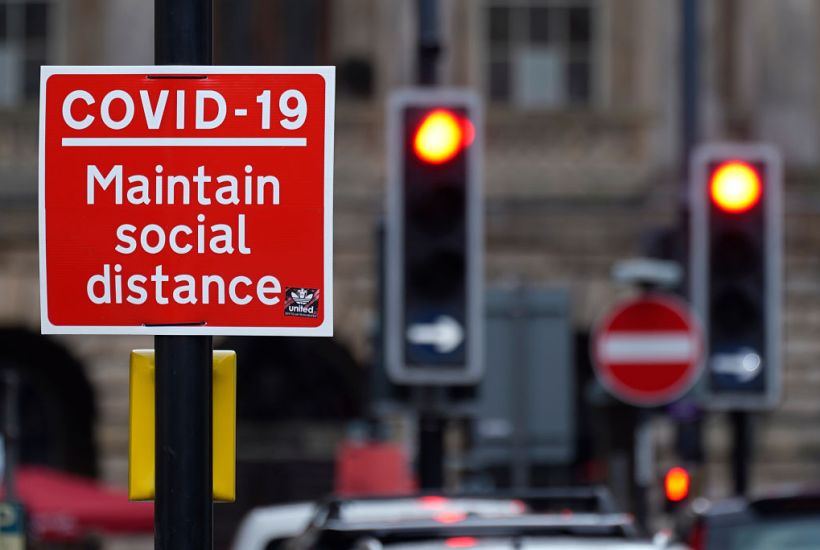
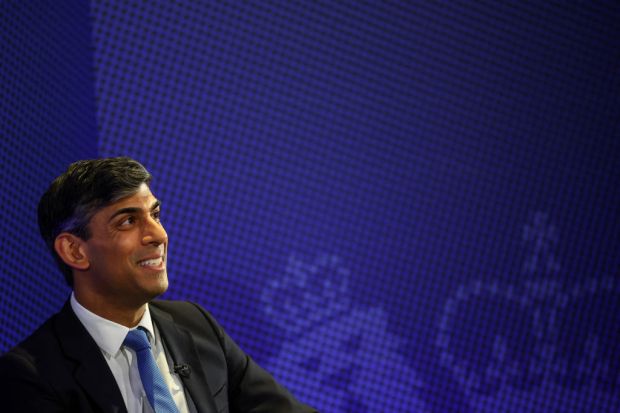
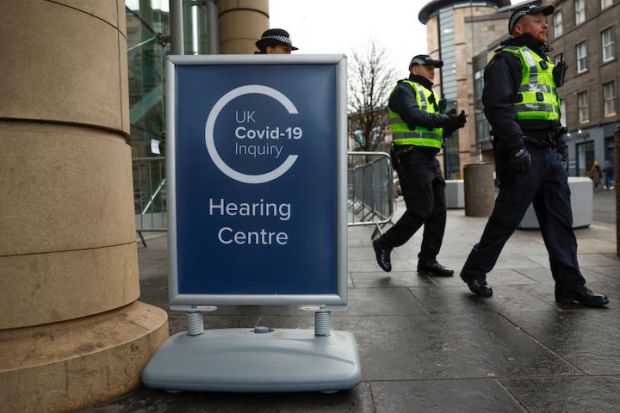
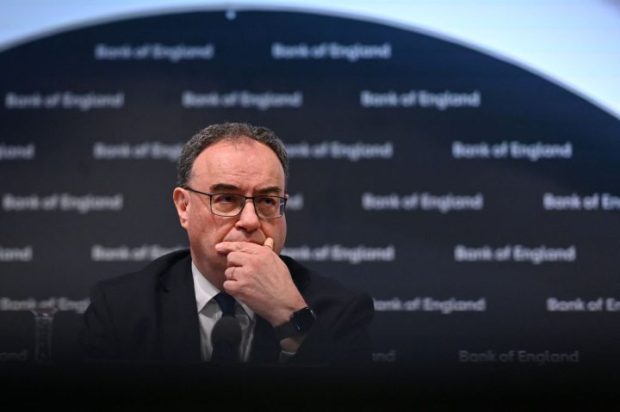
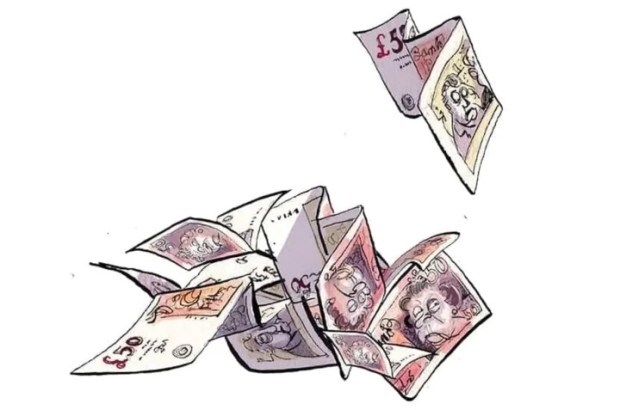
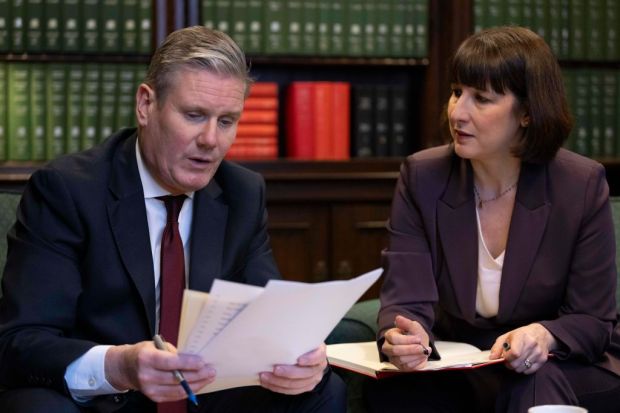












Comments
Don't miss out
Join the conversation with other Spectator Australia readers. Subscribe to leave a comment.
SUBSCRIBEAlready a subscriber? Log in